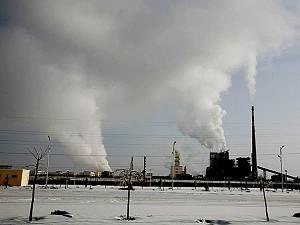A team headed by Yin Leiming, a researcher from the Nanjing Institute of Geology and Paleontology, recently discovered a 632 million years old zoolite in the Yichang area of Hubei Province. This group of experts also discovered the “Resting Eggs” in the Weng-an biota. These findings were published in the latest issue of the British Nature magazine.
On April 5, 2007, China’s JiangsuNet quoted the Yangzi Evening News in saying that Chen Junyuan, a professor of geology and paleontology in Nanjing, discovered some Vernanimalcula (small bilaterian fossils) in Guizhou Province previously in 2004, which was thought then to be the oldest animal fossil. Three years later, this conception has been disproved, and the oldest known animals have been dated another 50 million years back.
The report said that Guizhou Province’s Weng-an area has long been regarded by the world’s paleontologists as a valuable archaeological site. Many priceless fossils have been unearthed at the site, including many fossils of embryos. In recent years, more categories of phosphatized animal embryos and microscopic animal fossils have been discovered within the Neoproterozoic Doushantuo Formation in the Wengan area, the most famous discovery being the “small bilaterian fossils” published in Nature magazine by Chen Chunyuan in 2004.
Yin Leiming’s research team excavated near the Xiaofeng River of Hubei Province’s Yichang area. As no embryo fossils had been found there previously, this recent discovery was a surprise to paleontology circles.
Yin Leiming explained, “The age of the ‘Weng-an biota’ has long been an unresolved question. With this recent ground-breaking discovery, it is definite that the earliest animal can be dated back to over 632 million years ago, inhabiting the Weng-an biota.”
He added that these embryo fossils were covered with a thin membrane full of thorns, which was believed to be a way for the animals to protect themselves during the hibernation period. According to research, the area had then experienced a “Mini-Ice Age.” As the temperature was extremely low, the oxygen content in the atmosphere was very low. Due to the difficult environment, animals could only survive by hibernating.
As to the formal classification of these embryo fossils and the duration of the animal’s hibernation, Yin Leiming said that they are still unknown.



